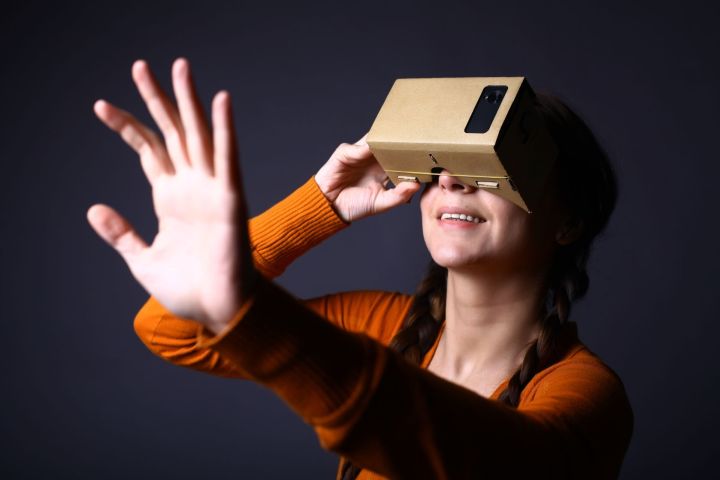
But if some unfinished code in Android is any indication, virtual reality on mobile is about to become a lot more immersive: the recently updated Android N Developer Preview contains references to a “VR mode,” plus new developer hooks for managing 360-degree interfaces.
The references to virtual reality in the Android Developer Preview were spotted by Ars Technica, and point to a system for games and apps that tap into VR. A new service, “VR Listener,” appears to provide a way for developers to register their VR apps with
If you find that last bit about “virtual reality mode” a tad perplexing, you’re not the only one — it appears to be the first official mention of any sort of virtual reality mode for Android. And beyond that solitary reference, the code gives no clue as to what “virtual reality mode” might comprise.
Though it may not be clear what form Android’s “virtual reality mode” might take, an interface a la Samsung’s Gear VR homescreen or Valve’s SteamVR isn’t out of the question.
A virtual reality mode might also help unify the Android experience across headsets, too. Smartphone viewers are cheap and ubiquitous, true, but they have a major drawback: the lack of a cohesive interface. The addition of a headset-agnostic virtual reality mode — a mode that’d look and behave the same no matter which viewer you chose to use — would be a boon for usability.
Editors' Recommendations
- Android 15 has two hidden features you’re going to love
- The first Android 14 preview is here, and these are its 3 biggest changes
- The Oppo Find N will be among the first foldables to try Android 13 Beta 1
- You can download Android 13’s first Developer Preview now
- This futuristic haptic vest should make virtual reality feel more realistic

